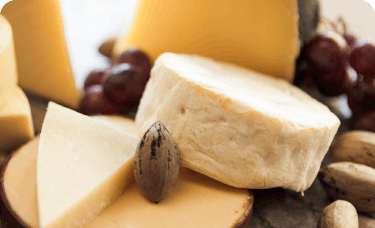Migraines have four distinct phases and understanding these phases can allow people who suffer from migraines to identify and treat their headaches early.2 In addition to the well-known and painful headache phase of a migraine, the prodrome, aura, and postdrome phases are commonly experienced stages that have unique symptoms. Recognizing the early phases of a migraine can help you predict imminent headache and treat symptoms early.
The prodrome phase, also called the pre-headache or premonitory phase, marks the beginning of a migraine.1 This calm-before-the-storm phase can last anywhere from a few hours to several days before headache pain.2 Between 40% and 60% of people with migraines experience a prodrome phase, although some people experience no symptoms at all.3 While symptoms of migraine prodrome are sometimes subtle, they can often disrupt your day before the actual onset of migraine pain.
Symptoms of Migraine Prodrome
Recognizing migraine prodrome symptoms can help some people lessen the severity of the oncoming headache or even prevent it in some cases.1 Migraine prodrome symptoms vary from person to person1 and may include:
- Concentration problems. Difficulty concentrating is a migraine prodrome symptom that can cause frustration and make work or school challenging.2
- Mood changes. Unexplained mood changes such as irritability, anxiety, or depression are common, even if you have no history of mood disorder.2,4
- Bowel habits and urinary frequency. Diarrhea or constipation are commonly experienced during this early migraine phase, as is an increased thirst and urination.2,4
- Excessive yawning. Yawning during the migraine prodrome phase is not like yawning while tired. Yawning excessively without feeling tired may be a sign of migraine prodrome.2,4
- Food cravings. Craving certain foods, especially sugary or salty food, is a common symptom of migraine prodrome. Some of these foods can end up being a trigger for migraine, which is why it’s important to recognize when cravings are a symptom of prodrome.2,4
- Fatigue. Fatigue can occur at various phases during a migraine, including the migraine prodrome. Unlike normal tiredness, fatigue is often unexplained and can make everyday life difficult.2
- Phonophobia. Sensitivity to sound, also known as phonophobia, is a common migraine prodrome symptom. People experiencing phonophobia often find themselves seeking out a quiet place.2
- Photophobia. Sensitivity to light, or photophobia, is similar to phonophobia. Many people experience this symptom throughout multiple phases of a migraine.2









